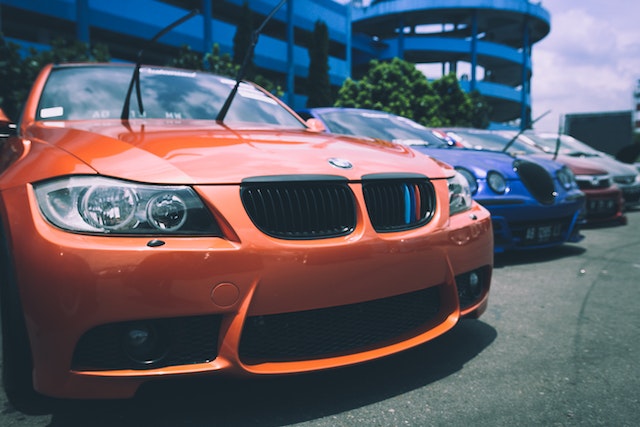New car registrations saw a 10.4% decrease in the first month of this year, compared to January 2024, while the fully electric car segment reported a 28.4% decrease, respectively a 9.8% market share, according to data released by the General Directorate of Driving Licenses and Registrations (DGPCI), processed by the Automotive Manufacturers and Importers Association (APIA).
According to a press release of the Association sent to AGERPRES on Tuesday, new car registrations (which represent approximately 88% of the total market) recorded a 5.9% decrease, y-o-y.
Depending on the segmentation by class, there is a mixed evolution, as follows: Class A (+3.1%), Class B (+8.2%), Class C (-2.2%), Class D (53.5%), Class E (+27.1%), Class F (+16.3%) and SUV (-7.2%).
In terms of market share, the SUV segment is in first position, with a share of 46.6%, down 7.2% compared to January 2025, followed by Class C – with a share of 27.3% (-2.2%) and Class B – with a share of 15% (+8.2%).
At the same time, depending on the type of fuel of the registered cars, in January this year, gasoline plus mild hybrid gasoline engines saw a slight increase of 0.1%, up to a share of 59.5% in total. At the same time, cars equipped with diesel engines, plus mild hybrid diesel, saw a decrease of 39% and have a share of 9.8%.
On the other hand, electric cars (100% and plug-in hybrids), as well as full hybrids (which also have electric propulsion without charging from an external source) had, in the first month of 2025, a market share of 30.5%, which exceeds by 20.7 percentage points the share held by diesel engines, the latter category also including mild hybrid diesel engines.
Full electric cars have a share of 9.8% of the market, down from 12.9%, while plug-in hybrid cars reached a market share of 5%, compared to January 2024, when they represented 4.6%.
The top three best-selling 100% electric cars are: Dacia Spring – with 625 units and an increase of 11.4% compared to the same period of the previous year, Renault Megane (105 units, +114.3%) and Tesla Model 3 (with 90 units).
Also, in the case of plug-in cars, the ranking is led by Volkswagen Golf – with 51 units and an increase of 1,175%, followed by Ford Kuga – with 43 units (-37.7%) and Mercedes Benz GLC (42 units).
The category of hybrid cars, without recharging from external sources, has Dacia Duster in first place, with 394 units, then Toyota Yaris Cross (204 units, +78.9%) and Toyota Corolla (204 units).
According to official data, in January 2025, light commercial vehicles and minibuses saw a 33.6% decrease in registrations, compared to January 2024, of which light commercial vehicles without minibuses saw a 33.8% decrease.
Within this margin, electric light commercial vehicles reached, in the first month of the current year, a volume of 231 units, compared to 73 units, in January 2024.
Last but not least, registrations of heavy commercial vehicles and buses decreased by 32.7%, of which heavy commercial vehicles, over 16 tonnes, plus tractors, registered a 26.7% decline.
The Automotive Manufacturers and Importers Association is a non-profit organization, founded in 1994, member of the World Organization of Automobile Manufacturers – OICA, since 1996.
AGERPRES




